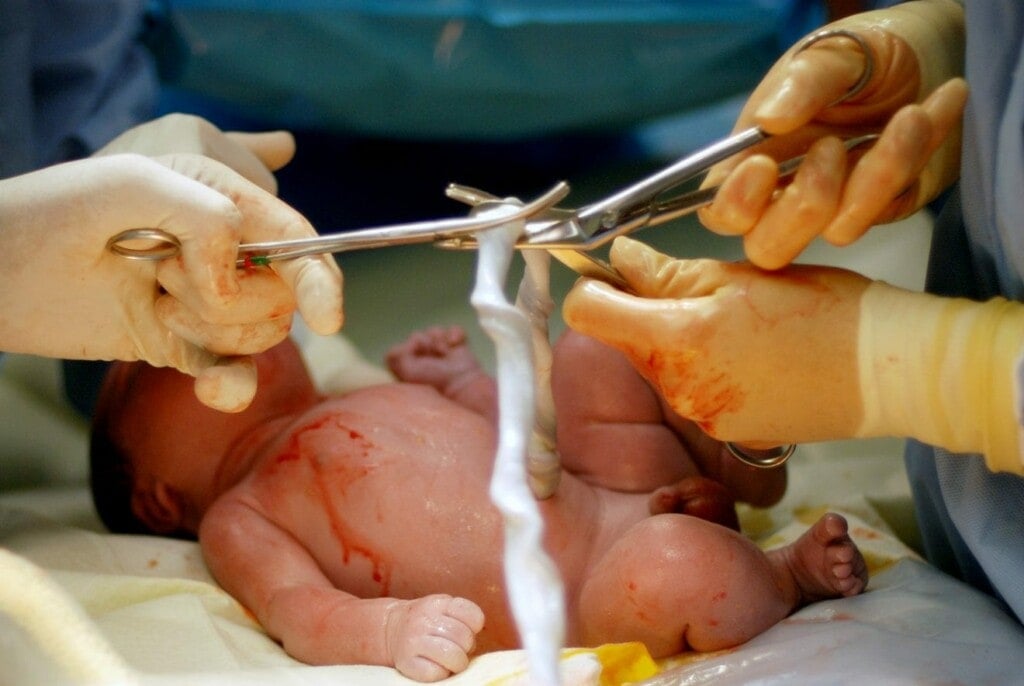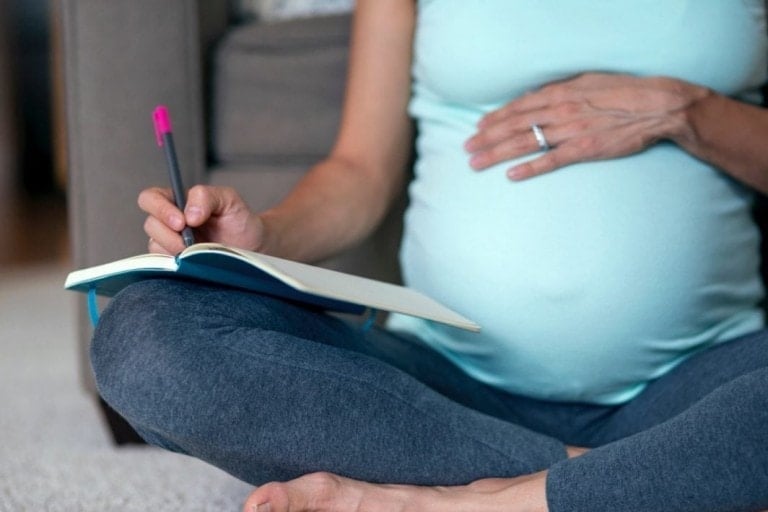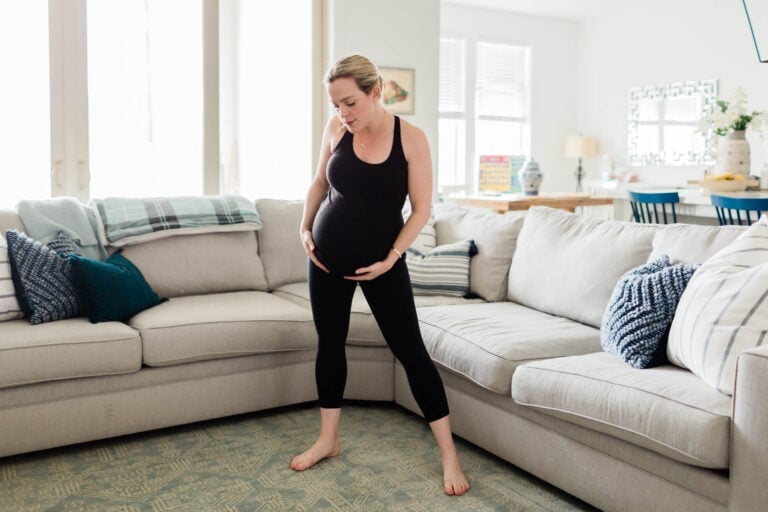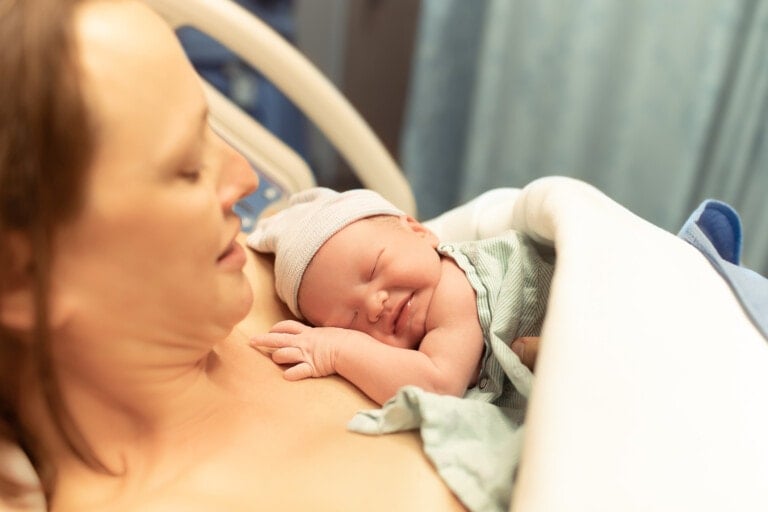As a parent, your decisions can have a lasting impact on your little one’s life. One of the first choices in the delivery room is whether to opt for delayed cord clamping. Historically, many doctors cut the umbilical cord within 15-20 seconds after birth, but new research has led to changes in practice and policies.4,12
Deferred or delayed cord clamping (DCC) involves waiting some time before clamping and cutting the umbilical cord. This technique allows extra blood to flow from the placenta through the umbilical cord to the newborn. This simple delay can provide several early health benefits, ranging from improved iron stores to better developmental outcomes.4 This article will explore the science behind delayed cord clamping and unravel its potential advantages. Hopefully, it will help you make an informed decision that could enhance your baby’s start in life.
What Is Delayed Cord Clamping?
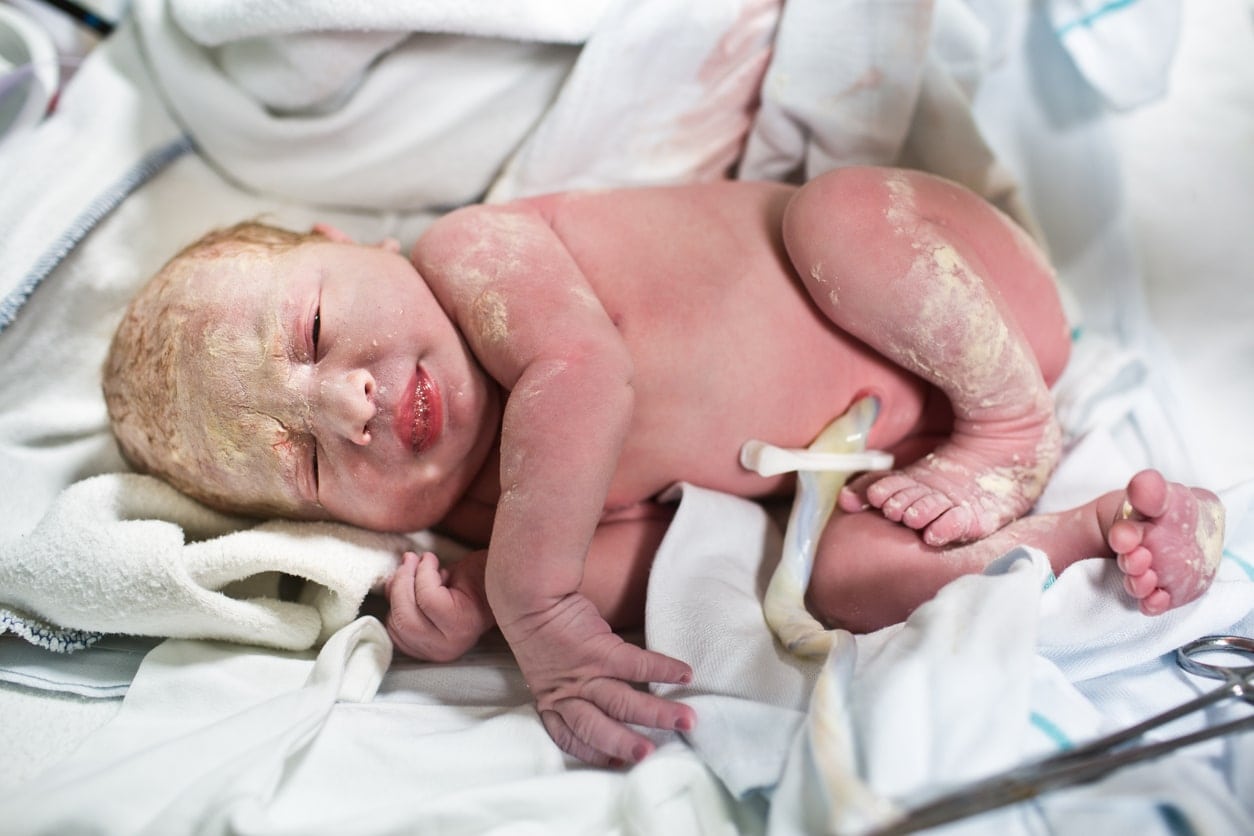
In recent years, delayed cord clamping (DCC) has gained more popularity throughout the international medical community. The method involves waiting 30 seconds and up to five minutes or more after birth before clamping and cutting the umbilical cord. The extra time allows blood in the placenta to travel to the infant, leading to numerous health benefits. The increased blood volume supports term and preterm infants transitioning to life outside the uterus (womb). Babies who go through this process can have lasting advantages throughout their first few months of life.4,10,11
Delayed cord clamping is safe for both mother and baby and can be done after a vaginal or C-section birth. Most healthcare facilities will have policies and guidelines in place to care for women in labor, so it’s best to talk with your healthcare provider about your birth plan proactively. For example, you may want to keep the cord unclamped for five minutes or until it stops pulsating, but the facility may only allow a maximum one-minute delay. Talking with your physician or midwife will ensure everyone is on the same page before the big day.3,4,8,10,11
Delaying cord clamping may not be possible if either mom or baby needs emergency care because saving a life becomes more important.3,4,10,11
How Long To Delay Cord Clamping?
There is some debate on the appropriate amount of time to allow. The American College of Obstetrics and Gynecologists (ACOG) and the American Academy of Pediatrics (AAP) recommend waiting at least 30-60 seconds after birth. Still, other regulating bodies, such as the World Health Organization (WHO) and the Royal College of Obstetricians and Gynaecologists (RCOG), recommend waiting at least one to three minutes. These guidelines are for infants considered vigorous. Vigorous infants make breathing attempts independently, cry, and have good muscle tone (not floppy). Depending on gestational age, a preterm baby is compared with the above criteria and what is normal for their age group.3,4,8,10,11
If you want to delay cord clamping, talk with your provider about positioning. Sometimes, your baby is placed skin-to-skin on your chest or abdomen. However, there are times when that may not work.
In my experience as a nurse, we placed infants on their mom’s lower chest or abdomen for vaginal births. During a C-section, the doctors and nurses who are sterile and scrubbed will facilitate the delay if appropriate. Staff will typically lay the baby on the mom’s legs or abdomen, and in some cases, staff may have to hold the baby close to the level of the placenta. A woman’s body shape and size can also affect where your baby is placed while still attached to the placenta. Cord clamping was typically delayed for 30-60 seconds.

A nurse will stand nearby, dry, and watch your baby for complications. Of course, it also depends on whether you give birth at home, a birthing center, or a hospital, as guidelines may not be the same everywhere. There are variations between countries, so always ask your healthcare providers for clarification.
What Are The Benefits of Delayed Cord Clamping?
A baby’s first breath sets a cascade of miraculous changes into motion as they transition from the womb to the outside world. When a baby remains attached to the placenta after birth, this transition can be more gradual and, at the same time, provide them with a boost of nourishing oxygen-rich blood. A 30-second to one-minute delay may not seem long after giving birth. But babies’ bodies are small, and delayed cord clamping helps increase the total circulating blood volume.4,9
Increasing the blood volume leads to a surge in red blood cells from the placenta and increases hemoglobin levels. Hemoglobin is a part of red blood cells, and the iron in the blood then binds to oxygen from the lungs and carries it throughout the body. Iron is one of the building blocks that make up hemoglobin. So, with more red blood cells, iron, and hemoglobin, your baby has the tools to circulate oxygen to their organs more effectively.2,4,5
Babies with low hemoglobin levels or iron deficiency can become weak, pale, or short of breath and may have other symptoms, including poor growth. The word “anemia” is commonly used to describe low red blood cells. It takes time for newborns to produce more red blood cells naturally. Parents should understand that delayed cord clamping can help to increase iron stores and potentially reduce your baby’s risk of iron deficiency anemia during their first several months of growth and development.1,5,11
DCC Benefits for Preterm vs. Term Infants
Let’s look at the benefits for preterm and term infants:
Preterm Benefits

Preemies face different medical challenges than full-term infants. Many premature infants can complete delayed cord clamping safely, and the benefits can be profound for these fragile little ones, including:2,4,11
- Improving circulation and red blood cell volume
- Lessening the need for blood transfusions
- Lowering the risk of potentially devastating complications, like intraventricular hemorrhage (IVH) and necrotizing enterocolitis (NEC)
Intraventricular hemorrhage is a type of brain bleed that can lead to significant neurological problems for preterm babies. Likewise, NEC is a potentially life-threatening intestinal infection. The realization that delayed cord clamping can decrease a preterm baby’s chances of these devastating conditions should be taken into account by parents potentially experiencing preterm birth.4,11 In case of a medical emergency or the baby is too premature to delay cord clamping, the cord will likely be immediately cut so doctors can perform life-saving procedures.
Term Benefits
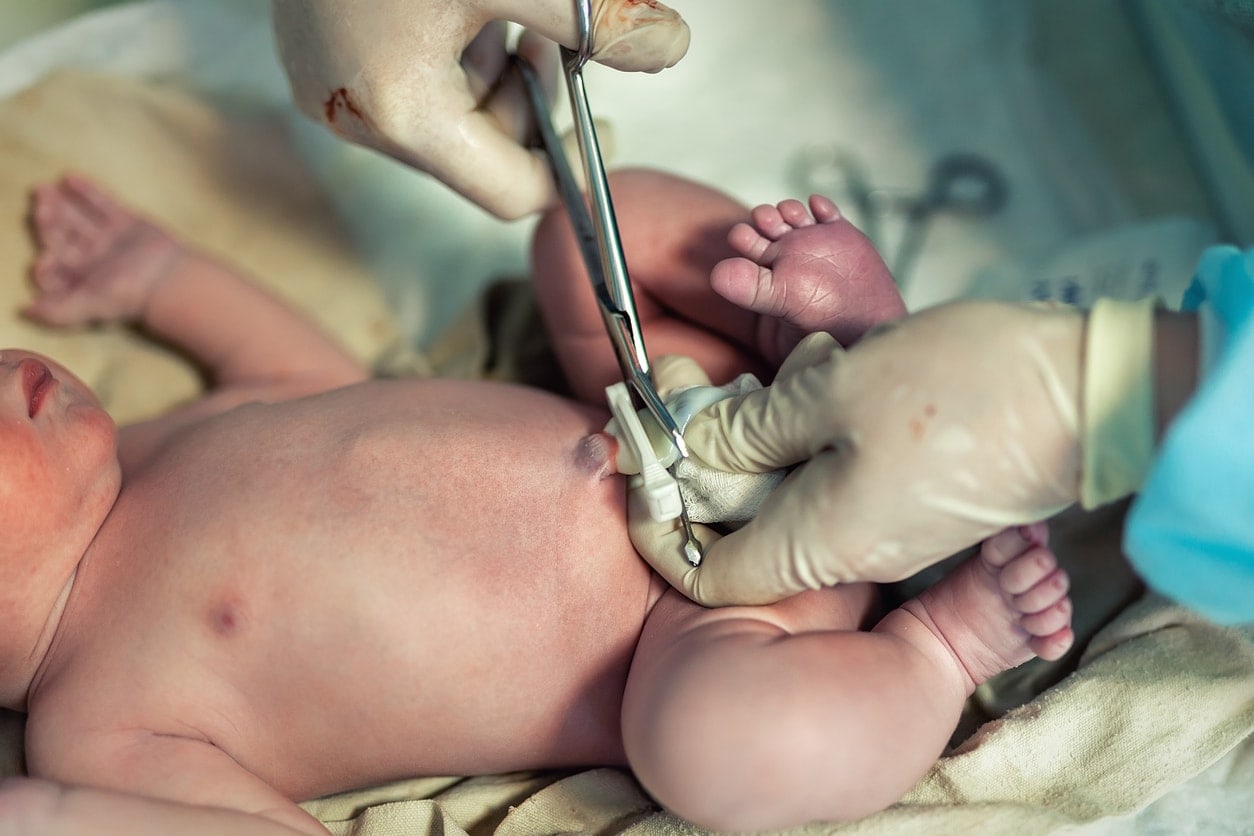
Term babies born with or without complications can reap the health benefits, too. If your doctor identifies potential complications prenatally or during labor, a neonatal specialist may attend the birth and provide safe recommendations. However, typically, for term infants, delayed cord clamping can improve their well-being in the following ways:1,4,5,11
- Improves the amount of oxygen-rich blood at birth
- Improves iron stores for the first several months of life
- It can help with early brain development
Iron is important for healthy development and is needed to make more hemoglobin as your baby grows. It is not unusual for pediatricians to recommend iron supplements for infants, but delaying cord clamping can improve your baby’s iron stores from the beginning.1,4,5,11
Are There Any Risks From Delayed Cord Clamping?
Part of the rationale behind cord clamping immediately after birth was to prevent postpartum hemorrhage in mothers after giving birth. However, research has found that women undergoing delayed cord clamping do not have an increased risk of bleeding or need for blood transfusions. The process is typically safe when done under the care of a healthcare provider.4
Jaundice, a yellowing of the eyes and skin, is diagnosed at a slightly higher rate in infants with delayed cord clamping. Jaundice can be a serious condition and, in severe cases, can cause irreversible brain damage, but such cases are rare, and many babies do not need any treatment at all. Other children may require phototherapy or medical interventions. Your pediatrician can assess for jaundice, and keeping your baby’s follow-up appointments is always a priority, regardless of whether you choose to delay cord clamping. Parents should be aware of jaundice when weighing the pros and cons of delayed cord clamping.4,6,11
Additionally, cord blood banking collection may be difficult because there may be insufficient blood to bank.7 It’s also possible that delayed cord clamping can lead to hyperviscosity or “sludging” of the blood.13
When I started nursing, no one talked about delayed cord clamping. I have cared for hundreds and likely thousands of babies, and it is always fascinating when new research emerges. Delayed umbilical cord clamping can have significant lasting health benefits for babies. While it may not be possible in every situation, it is worth discussing it with your doctor so that you can make an informed choice from the time your baby takes their first breath.













